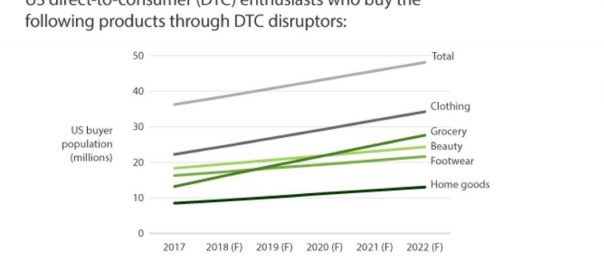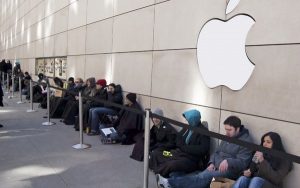Often, the world changes in gradual increments. We transition to new paradigms without noticing, day-to-day, that anything is changing. Think how we now take a level of technology for granted that only ten years ago would have seemed extraordinary.
In 2020, however, change has happened far more quickly. The global Covid-19 has turned things on their heads. That’s societally, culturally, and economically. Less than six months from the onset of the outbreak’s worst phase, the world looks very different.
Working from home is the norm and not the exception. Managing a successful business is even tougher than ever before. Even the way we interact, communicate, and shop has turned on their heads.
Businesses of all types, therefore, face unprecedented challenges. In the ecommerce sector, though, those challenges are also twinned with opportunities. The impacts of the pandemic, after all, haven’t been all negative for online brands.
By necessity, many more people have started shopping online. Companies who before didn’t sell on the net, too, have scrambled to rectify that. Covid-19, then, has begun what looks like a second boom in ecommerce. What’s more, it’s a renewed online gold rush that may last long beyond the end of the pandemic itself.
Covid-19: Impacts on the Economy & Business in General
Before turning the microscope on ecommerce, it’s essential to look at Covid-19’s overall economic impact. The global pandemic, after all, has wrought havoc around the world. The impact on Gross Domestic Product (GDP) has been and continues to be severe.
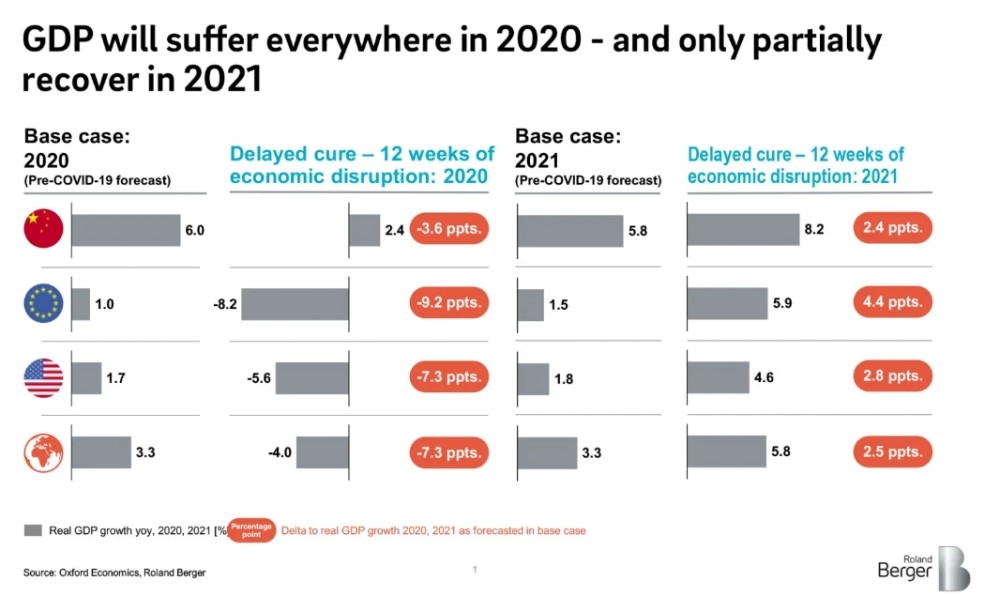
The economic impacts of the pandemic, then, may long outlast those on global health. In a strange way, too, that would be a best-case scenario. After all, it would mean that Coronavirus isn’t a permanent public health risk – as some experts have predicted.
What, though, has led Covid-19 to have such a profound effect economically? Well, there are a multitude of factors that it’s worth taking a closer look at.
Lockdowns, Furloughs, & Other Impacts
In many nations, the Covid-19 outbreak led to widespread lockdowns. In the UK, for instance, all ‘non-essential’ businesses closed. The population, too, could only leave home for exercise or essential grocery shopping. The economic implications were enormous.
Throughout June and July, over one million UK workers got furloughed. That meant they had no work to go to and were relying on the government to cover most of their salaries. That was the only way to avoid all those people – and more – being permanently laid off.
Self-employed individuals and business owners suffered, too. The UK government had to provide close to £8 billion in aid to the self-employed. Lots of businesses that shut their doors during this crisis, too, will never reopen them. That’s the case across the globe.
Altered Consumer Behavior
It’s not only businesses that had to adapt to the pandemic, either. Consumer behavior also shifted. That was partly due to the psychology of the crisis and somewhat due to necessity. When it comes to the former, it was panic buying that was most prevalent.
When it became clear lockdowns were coming, we descended on stores with a vengeance. It was an astonishing retail trend that transcended national boundaries. Suddenly, supply chains got stretched and tested like never before. Day-to-day goods were in short supply, in parts of the world where that’s unheard of.
As things settled down, a more sensible shift in consumer behavior became apparent.
Longer-Term Shift Online?
The change mentioned above was one toward online shopping. With many people consigned to their homes, ecommerce brands saw an uptick in trade. Global ecommerce site traffic quickly grew to – and beyond – the level generally associated with the holiday season:
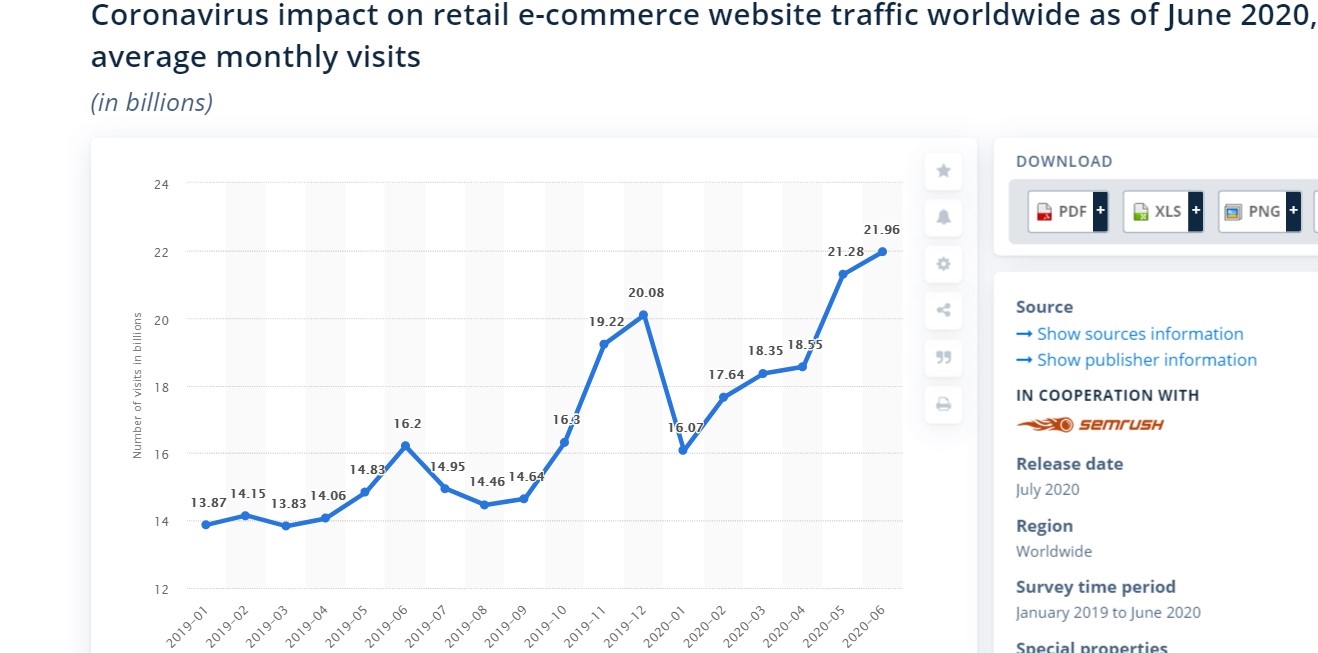
Was the shift to ecommerce only a blip caused by necessity, though? Or will this new online shopping boom prove more permanent? That’s what all business owners need to ask themselves, and it bears looking at more closely.
The Pandemic & Ecommerce
We’ve already discussed the broad economic impact of Covid-19. In the retail niche, too, the general implications have been negative. In the second quarter of 2020, for instance, US retail sales fell by 8.1% year-on-year. That’s a profound fall.
The same report showed a different story for ecommerce, though. In the self-same second quarter, online retail sales grew by 25%. It is ecommerce brands, then, to which more consumers are turning.
General Migration Online
A broad move of consumers to shopping online is apparent all over the world. In India, for instance, cash withdrawals have fallen sharply during the pandemic. Simultaneously, though, the use of the Indian online payment platform, UPI, has risen dramatically.
Amazon’s recent sales figures ably show the uptick in online shopping. In 2020’s second quarter, the ecommerce giant showed a 40% year-on-year increase in net sales. That equated to a financial boost of more than $ 88 billion.
Changing Expectations
As more people get accustomed to online shopping, too, expectations are shifting. Consumers want a broader range of products available to buy over the net. They expect home and garden items to be deliverable, for instance.
The financial results of Kingfisher show that. The firm is the parent of DIY brands, B & Q, and Screwfix. They recently reported a year-on-year rise in online sales of 225%. Those results also cover several weeks in which stores had reopened. This suggests that the shift to online shopping could extend beyond Covid-19.
After Covid-19?
Even in nations where strict lockdowns were in place, many businesses are now open. In general, however, footfall to retail stores remains down. That’s due both to social distancing measures and changed consumer preferences.
Customers have decided that popping online, getting an advanced shipping notice, and then taking delivery is the way to go. In fact, Covid-19 may only be a jumping-off point. The start, if you will, of a more permanent shift to online over brick-and-mortar retail. Especially when you consider how many brands are announcing store closures right now. Run a simple post-purchase survey, and you’ll find that shoppers are happy with online retail.
How Businesses Must Prepare for the Post-Covid World
If the post-Covid world is going to be an even more digital one, how must companies prepare? In short, they need to answer the new consumer demands we’ve mentioned. There are a few ways in which to do so.
DTC or Expanded Online Models
Businesses that didn’t engage in ecommerce need to rethink their business model. That includes both vast manufacturers and small-scale retailers. On the manufacturing side, the direct to consumer (DTC) model is set to further grow in prevalence.
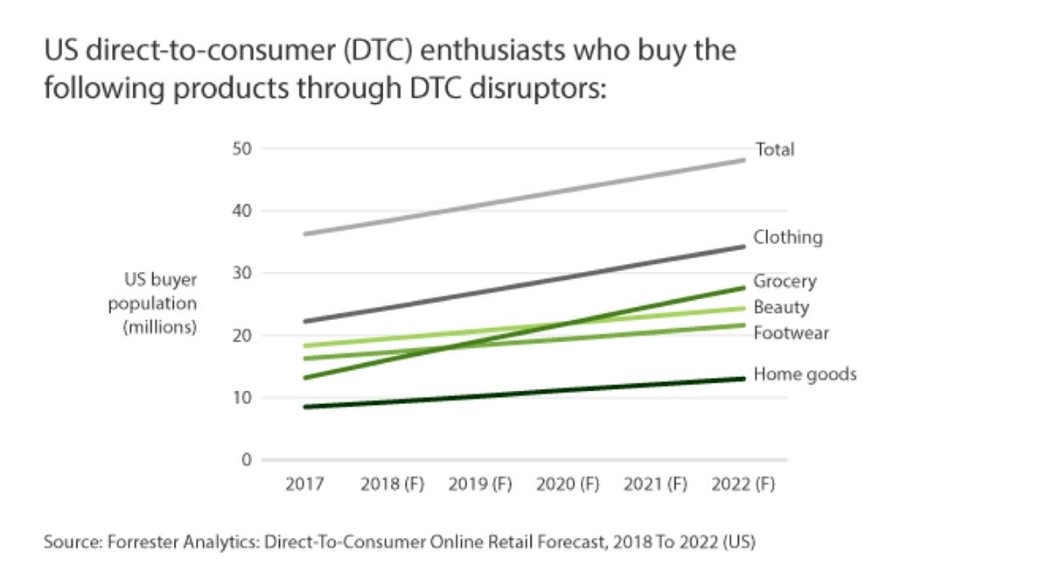
For brick and mortar retailers, it’s about adopting and expanding an online presence. For instance, they may have had a site to encourage inbound sales. Now, they’ll need to alter their portal to allow direct purchases.
Moving to ecommerce is not as straightforward as merely building a website, of course. Firms must establish the logistics required to cater to online shopping. That includes new inventory or warehouse systems. It’s no small undertaking. The warehouse management system benefits for ecommerce, though, far outweigh the challenges.
Finance, Buy Now Pay Later, & Removing Other Barriers to Purchase
Brands that do have an online presence can also make changes for the post-Covid world. They can look to make ecommerce offerings more accessible to a greater number of people. That means removing barriers to purchase.
Buying on finance – buy now, pay later, if you will – has been slow to take hold when it comes to online shopping. With a new range of goods expected by online shoppers, though, this seems likely to change. After all, not many people can pay upfront for a new three-piece suite or white goods.
New Logistics
The post-Covid world will also get defined by how consumers can get their goods. Pre-Covid, BOPIS was growing in popularity. That’s ‘buy online and pick up in store’. During the pandemic,
this has had to transition to curbside pickup. That’s where customers get their orders from outside a store. It allows them to pick up goods while maintaining social distancing.
Once the pandemic fades, customers won’t want these varied channels to do likewise. Forward-thinking firms, then, must think about how to manage logistics in those ways for the long-term. That may mean anything from changing hiring practices to adopting a new landed cost formula.
Conclusion
The Coronavirus pandemic’s impacts are still broadly uncertain. The degree to which the crisis will change our world will only become apparent in the coming years. For some businesses, though, Covid-19 has created opportunities as well as challenges. Those that offer a video platform or that sell online are prime examples.
Ecommerce, in particular, looks set for a boom that will last far longer than the pandemic itself. Consumers – by necessity – have come further around to the benefits of shopping online. Forward-thinking firms, then, should be preparing now for the upcoming post-Covid era. That’s one that will be more digital than ever before.
Digital & Social Articles on Business 2 Community
(60)
Report Post